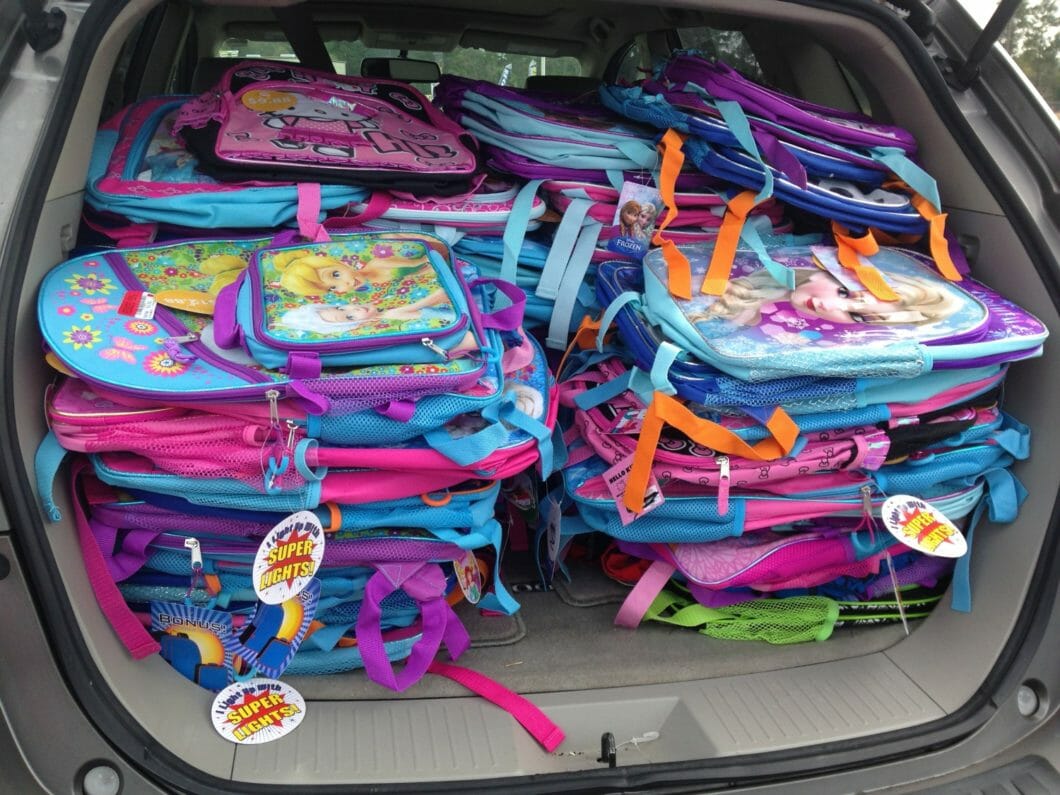Resource
Back-to-School Backpacks
Civic Circle® Area: Donate, Purchase Power
The impact of COVID-19 continues to change our daily lives and routines, but volunteering and civic engagement are just as important as ever. This project can be modified to adhere to social distancing guidelines set by local and national authorities, to do virtually or to do at home and deliver via mail or drop off.
According to the National Retail Federation, a caregiver will spend on average $789.49 on back-to-school supplies. For families struggling with money, this may not be possible. Collect some supplies and help a friend start the year with a smile!
What You Need:
Note: The list below is a recommendation. Contact your local schools to learn what supplies their students need. With at-home learning, electronics such as mice, flash drives, headphones or chargers may also be needed.
Elementary (K-5)
- New backpack
- Notebook
- Pens
- Pencils
- Small sharpener
- Markers or crayons
- Glue sticks
Middle and High School
- New backpack
- Spiral notebooks
- Pens
- Pencils
- Small sharpener
- Markers or colored pencils
- Folders
- Rulers
- Highlighters
- 3 ring binder with loose paper (optional)
- Calculator or dictionary (optional)
Steps:
- Identify students who might need a backpack. Typically, students in schools who receive free lunch or breakfast are often those who need help with school supplies. Contact your local schools and/or schools in low-income areas and ask the principal, social services worker or guidance counselor if there are kids or teens who could benefit from your project. If you give to kids or teens in your own school, their names should be kept confidential.
- Purchase or collect the supplies listed above through a supplies drive.
- Call school supply stores and tell them about your project. Ask “Can you donate some supplies for the project?”
- Be a conscious consumer: purchase supplies from companies whose values and policies reflect your own.
- Recruit others to help. Form an assembly line with volunteers to stuff the backpacks full of food, clothes and school supplies.
- For a socially-distanced option, host a virtual packing party on Zoom or another video conferencing platform while volunteers fill backpacks at home.
- Deliver the backpacks to the schools.
Reflection Questions:
- How do you think this project impacted those children who received the backpacks?
- Are there other people that might be in need of your Back-to-School Backpacks that you can help?
- How can you get more people involved in helping students who can’t afford new school supplies?
- Do you think you would want to do this project again during the year?

